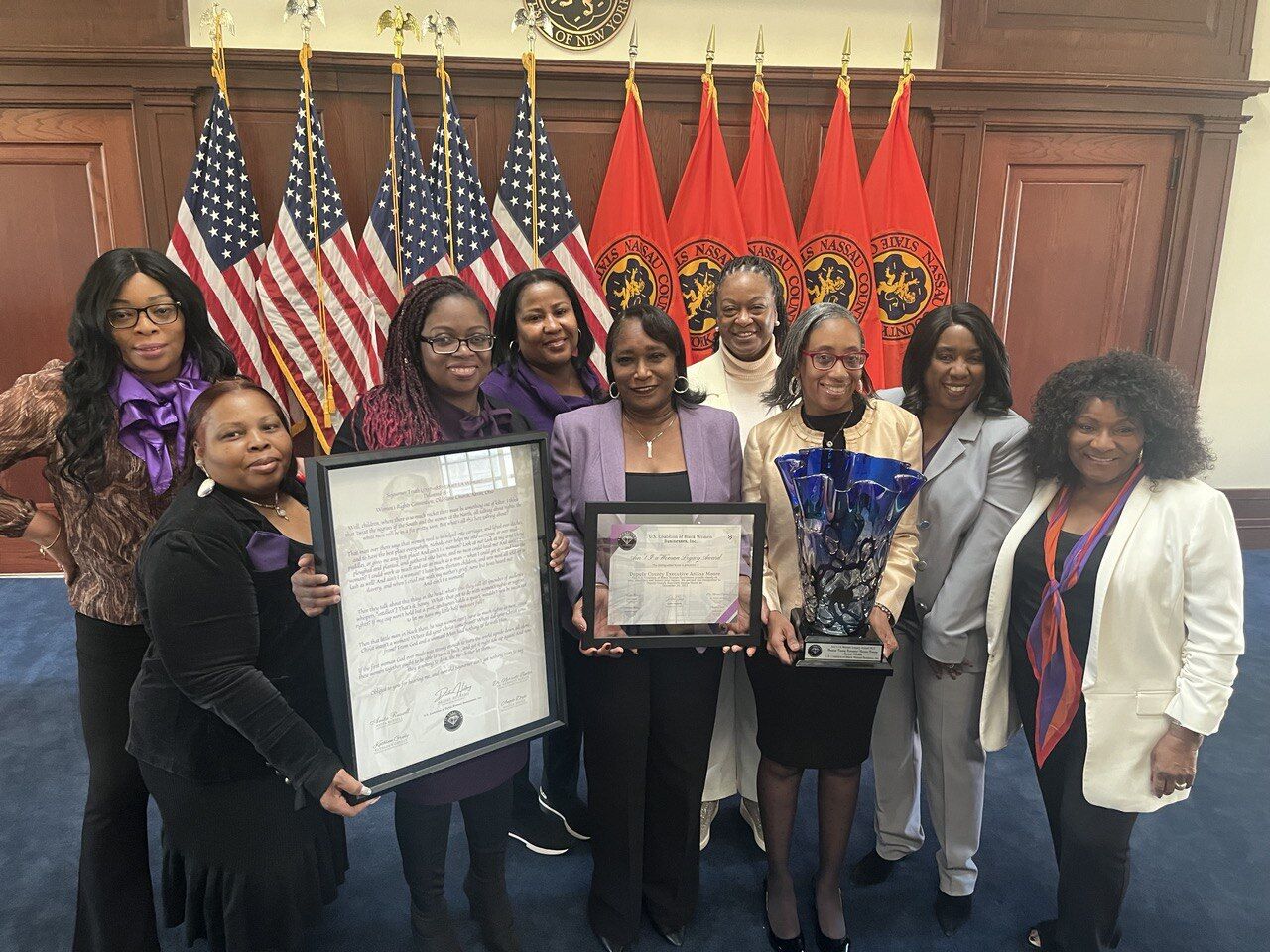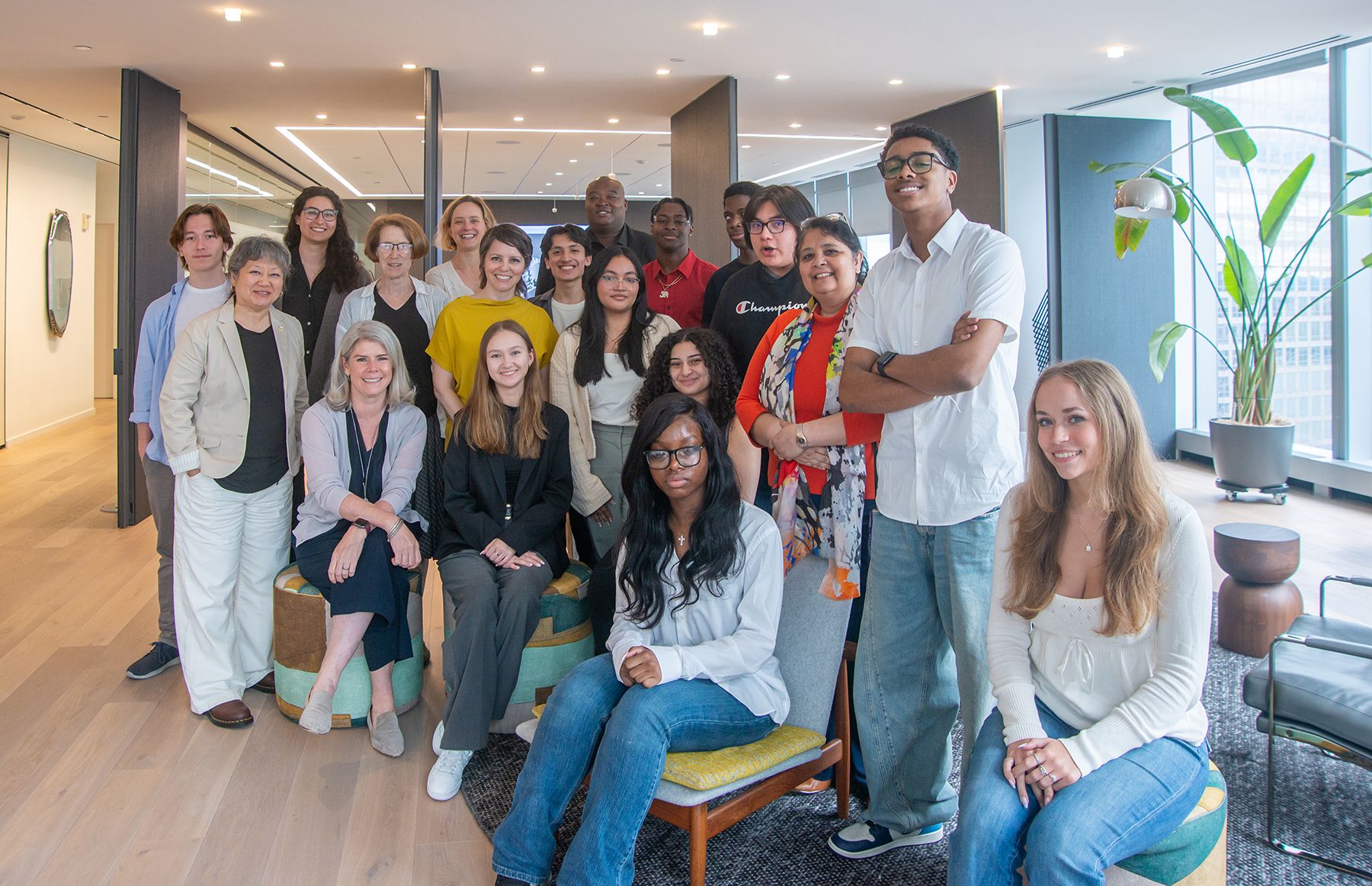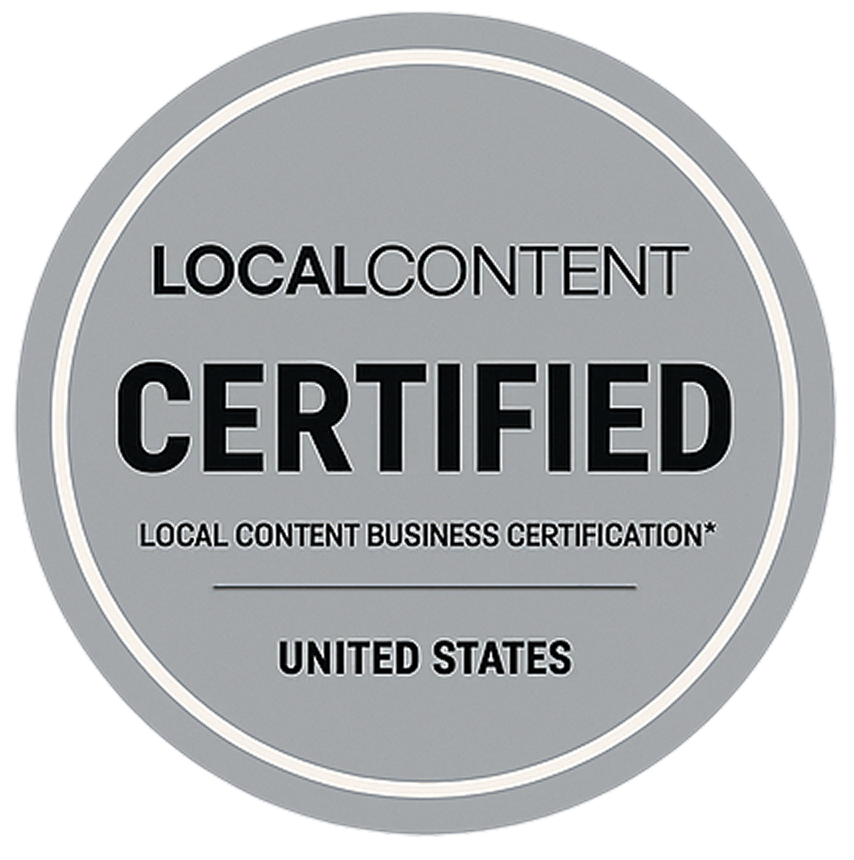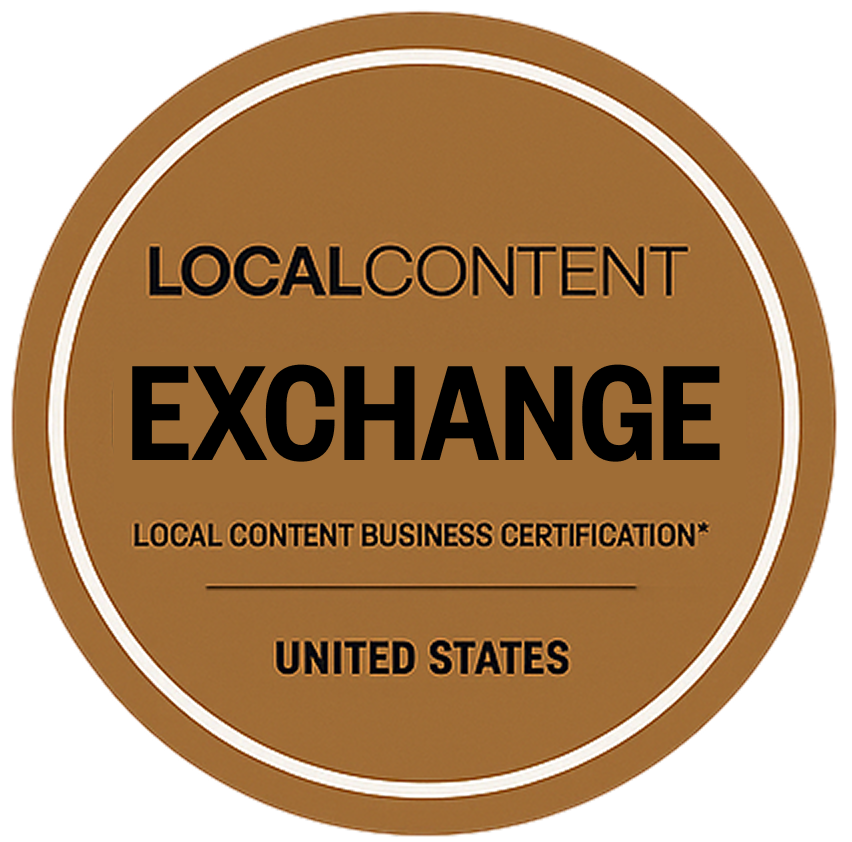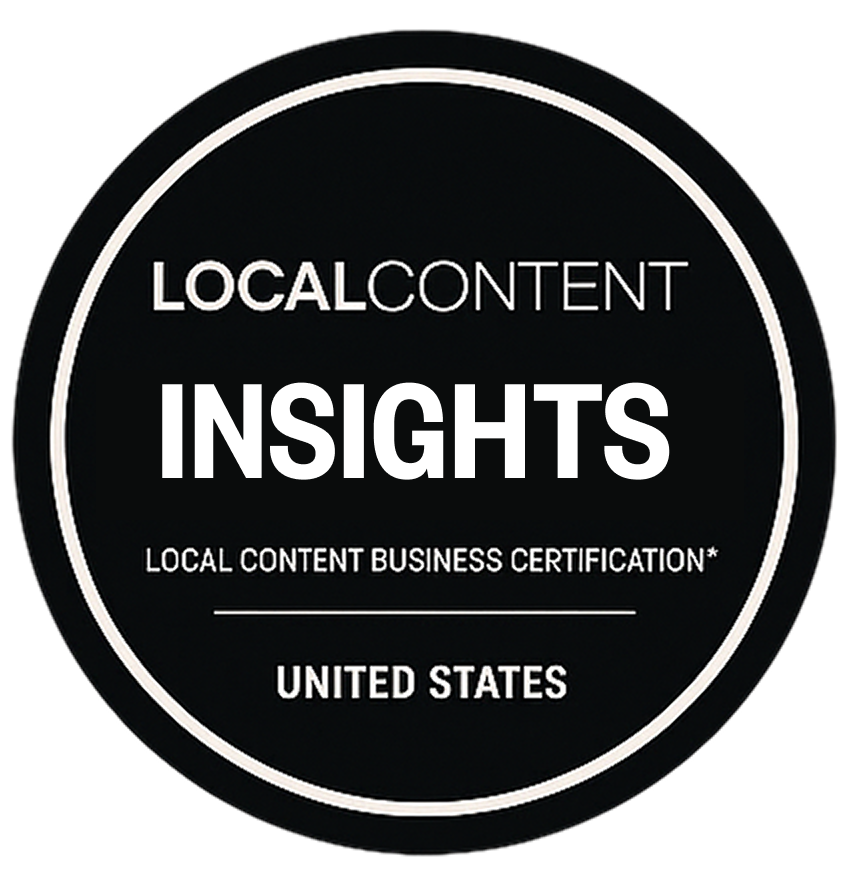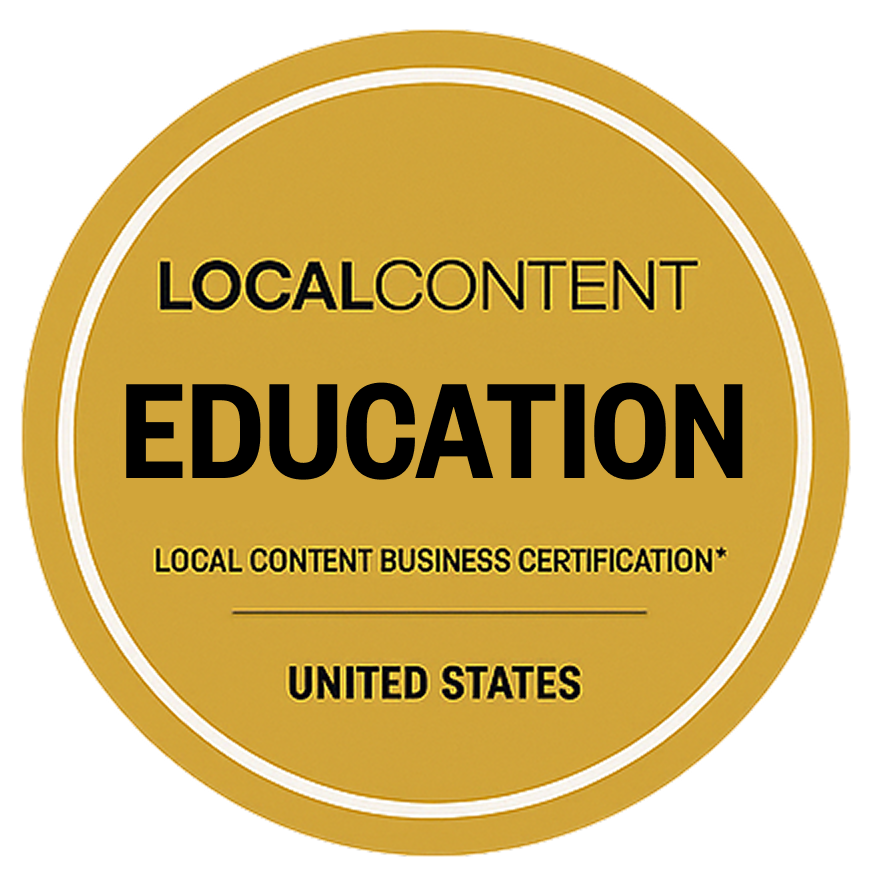IPF 2026: Turning Ocean Energy Ambition Into Local Impact
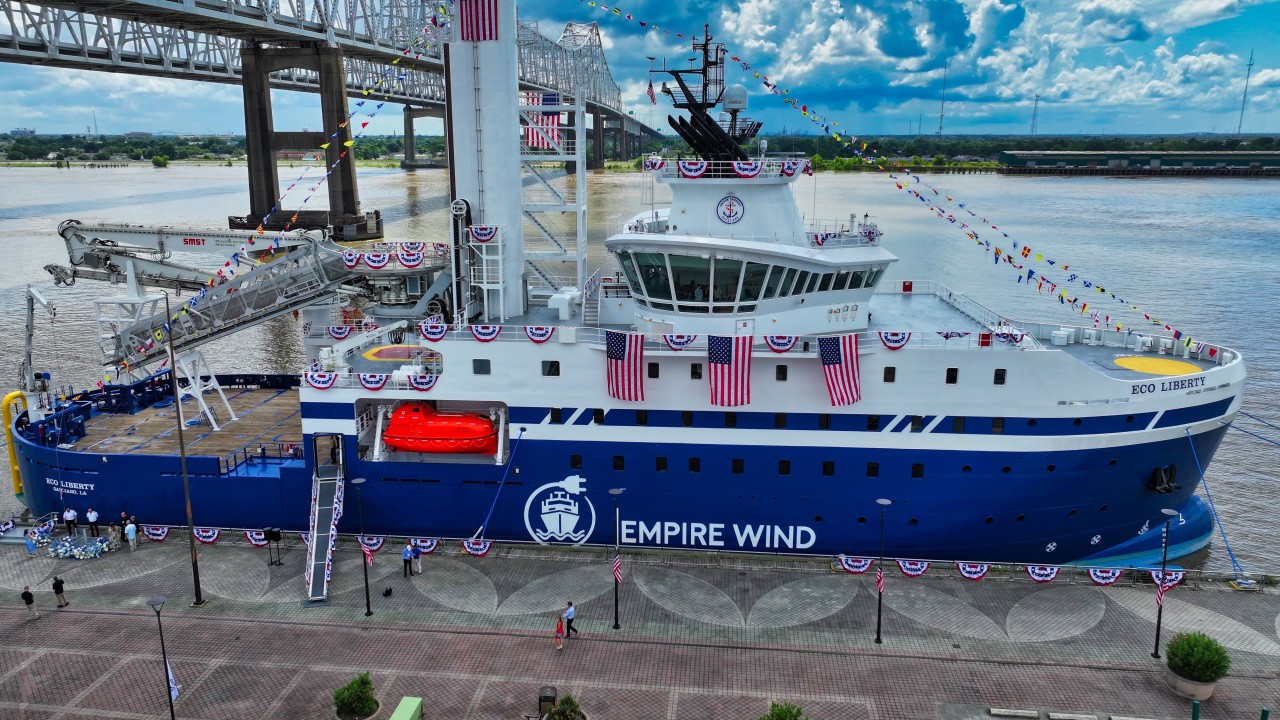
By the time thousands of executives, policymakers, and innovators descend on New York City for IPF 2026, one thing will be clear: the future of the ocean economy is no longer speculative—it’s here, and it’s local.
The International Partnering Forum (IPF), produced by the Oceantic Network, has long been the flagship gathering for offshore wind. But in 2026, the conference is more than a venue for contract announcements or policy pronouncements. It’s becoming a proving ground for how industrial ambition translates into domestic content outcomes—from steel mills in the Midwest to port upgrades in the Northeast, from community benefit agreements to career pathways for the next generation of skilled workers.
The opening plenary, aptly titled *Designing a More Durable American Model, sets the tone. Offshore wind in the U.S. has faced its share of turbulence—rising costs, fragmented procurement, and political headwinds. Yet leaders at IPF argue the fundamentals remain strong. “This is no longer about whether offshore wind is viable,” one executive put it. “It’s about whether we can build a system durable enough to survive the political and economic cycles.”
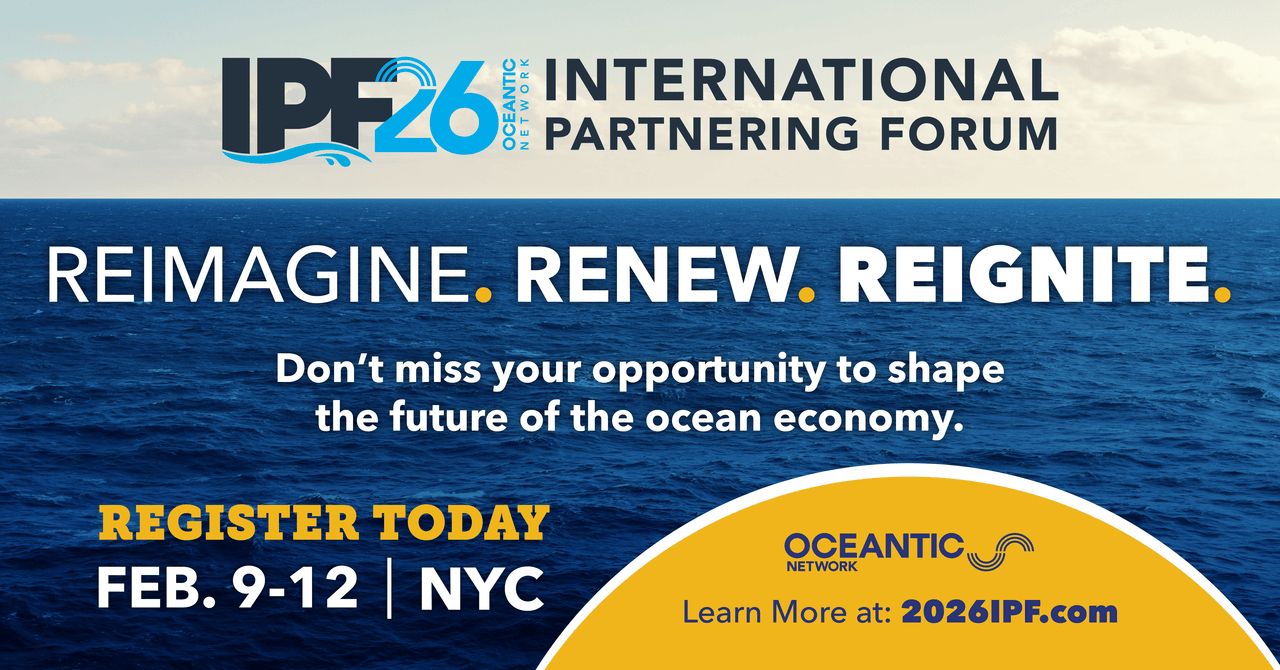
Sessions throughout the week underscore that point. Panels on regional procurement compacts push states to move past siloed timelines that leave supply chains overextended. Deep-dive workshops on HVDC transmission standardization aim to tackle grid bottlenecks with interoperability strategies that mirror Europe’s success. And TED-style talks on cost frameworks reveal how collaboration across the value chain can cut project costs without compromising local participation.
Beyond the plenaries and panels, the Exhibit Hall and Current Connections program embody the real power of IPF: deal flow. These one-on-one matchmaking sessions between developers, OEMs, and suppliers often lead to the memoranda of understanding and term sheets that turn rhetoric into reality. For small and mid-sized businesses—many of them MWBEs and SDVOBs—this is where contracts begin.
The industries represented stretch across the spectrum of the ocean economy: offshore wind, wave and tidal energy, floating solar, marine carbon capture, ports, maritime logistics, grid infrastructure, insurance, and finance. The connective tissue is local content. Every exhibitor is pressed not only on technical capability but also on how their operations contribute to domestic manufacturing, job creation, and community investment.
Fortune readers know that the clean-energy transition is as much about economics as technology. At IPF, local content becomes a competitive advantage:
- Manufacturing investments in towers, cables, and substations signal commitments to American jobs and steel mills.
- Port upgrades in New York, New Jersey, and Virginia are tied to procurement schedules that ensure facilities don’t sit idle.
- Workforce training pipelines connect unions, community colleges, and OEM academies, producing job-ready talent for projects in development.
- Community benefit frameworks establish measurable commitments to local hiring, supplier diversity, and public engagement—critical factors in de-risking projects.
These outcomes aren’t theoretical. They’re the benchmarks by which states award contracts, financiers release capital, and communities decide whether to welcome projects.
The closing plenary, Beyond Borders: A New Atlantic Alliance for Clean Power, reflects the expanding vision. With Canada’s offshore wind potential drawing attention, cross-border collaboration is emerging as a way to stabilize supply chains and strengthen North America’s competitive position globally.
IPF 2026 is not just a conference—it’s a barometer for the health of America’s ocean economy. In the face of skepticism, the message is pragmatic: durability is the new speed. The companies, policymakers, and communities that align around resilient models will secure not only contracts but also lasting credibility in the market.
For those who attend, the question isn’t whether opportunities exist. It’s whether they’re ready to leave New York with signed commitments—on paper, in workforce seats, and in community investments—that prove local content is more than a policy requirement. It’s the business model of the future.
.png)
Local Content is the Next Compliance Asset Class
LocalContent.com™ transforms how public and private sector projects meet local and domestic content requirements—with technology, data, and certification solutions that build trust, unlock funding, and prove community value.
Subscribe to Local Content
LocalContent.com Announces Upcoming AI-Driven Certification Suite to Boost Supply-Chain and Workforce Compliance, Competitiveness, and Economic Opportunity
Take the free assessment instead
%20(2).png)
.png)
